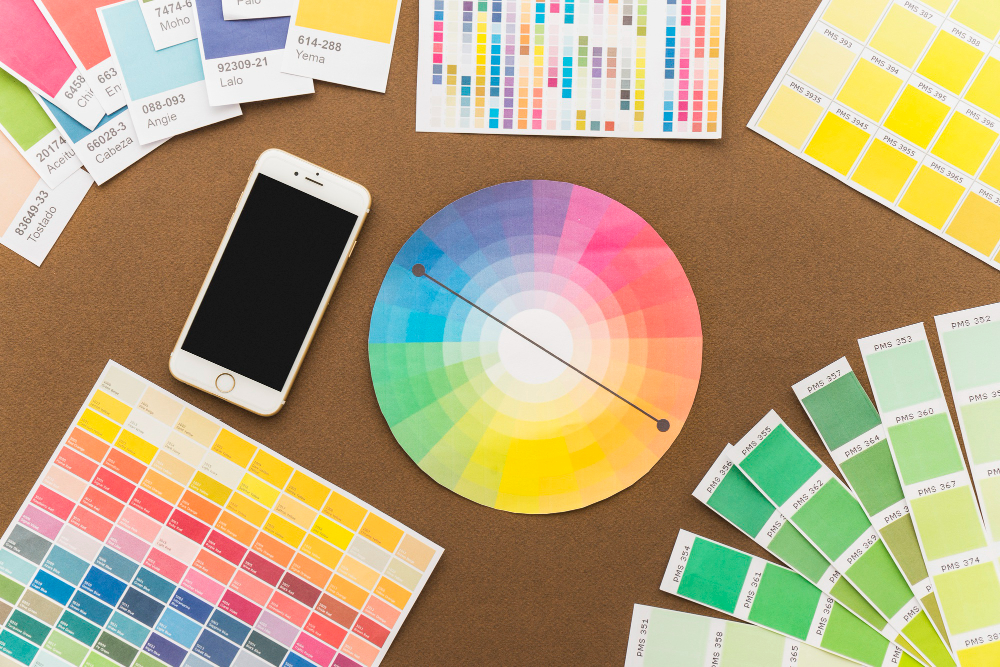In the ever-evolving world of fashion, staying ahead of the curve is paramount. Designers, brands, and retailers strive to create collections that not only resonate with consumers but also set trends and inspire the industry. One essential element in achieving this goal is color forecasting. Color forecasting is both an art and a science that plays a pivotal role in shaping the future of fashion.
The Significance of Color in Fashion
Color is a language of its own in the world of fashion. It has the power to evoke emotions, convey messages, and influence consumer choices. The right color can make a garment pop on the runway or fly off the shelves. It can reflect cultural and societal trends, express individual identity, and even influence our mood. In essence, color is a fundamental element of fashion that cannot be overlooked.
Color forecasting serves as a bridge between the creative vision of designers and the preferences of consumers. It helps fashion professionals make informed decisions about the colors they use in their collections. This proactive approach allows designers to anticipate trends, ensuring that their creations align with the desires of their target audience.
The Methods of Color Forecasting
Color forecasting is a multifaceted process that combines artistry and data analysis. Here are some key methods used in color forecasting:
Trend Analysis: Trend forecasters closely observe various aspects of society, including art, politics, technology, and culture, to identify emerging themes and shifts in consumer behavior. These insights are used to predict color trends.
Runway Shows: Fashion weeks around the world serve as platforms for designers to showcase their latest creations. Trend analysts study these shows to identify recurring color palettes and emerging color combinations.
Consumer Surveys: Brands and market research firms conduct surveys to gauge consumer preferences. This data is invaluable for predicting which colors will resonate with consumers in the coming seasons.
Historical Data: Examining past trends and fashion cycles can reveal patterns in color preferences. For example, retro revivals often bring back popular colors from previous decades.
Color Institutes: Some organizations, such as the Pantone Color Institute, dedicate themselves to color forecasting. They release color reports and forecasts, which are widely followed by the fashion industry.
Global Events: Major events, such as the Olympics or international exhibitions, often influence color trends as they showcase diverse cultures and themes that can inspire designers.
The Impact of Color Forecasting
Color forecasting has a profound impact on various aspects of the fashion industry:
Design Process: Designers use color forecasts as a starting point when creating their collections. It helps them choose the right color palettes, ensuring their designs are in tune with the zeitgeist.
Marketing and Branding: Brands strategically align their marketing efforts with forecasted colors to make their products more appealing to consumers. Consistency in color choices strengthens brand identity.
Manufacturing and Supply Chain: Accurate color forecasting allows for better planning in the production and supply chain processes. This reduces waste and ensures that the right materials and dyes are available.
Consumer Demand: Forecasted colors influence what consumers see on the shelves and online. As trends emerge, consumers become more likely to seek out and purchase products that feature forecasted colors.
Economic Impact: The fashion industry is a significant driver of the global economy. Accurate color forecasting can boost sales and contribute to the financial success of brands and retailers.
Challenges in Color Forecasting
While color forecasting is essential, it comes with its share of challenges:
Globalization: The fashion industry is increasingly global, making it challenging to predict color trends that resonate across different cultures and regions.
Rapid Changes: Trends in fashion evolve quickly. Forecasters must constantly adapt to stay ahead, which requires a keen understanding of emerging consumer behaviors.
Subjectivity: Color forecasting can be subjective, as it relies on the interpretation of trends and consumer preferences. Different forecasters may have varying perspectives.
Accuracy: While forecasters strive for precision, there is always a degree of uncertainty. Unexpected events, such as global crises, can disrupt even the most well-researched predictions.
Color forecasting is the heartbeat of the fashion industry. It marries the creative vision of designers with the preferences of consumers, shaping the future of fashion. It is an art that requires a deep understanding of cultural and societal shifts, as well as a science that relies on data and analysis. As fashion continues to evolve, color forecasting will remain an indispensable tool for those seeking to create, market, and consume the latest trends in clothing and accessories.
For more blogs related to design: https://www.dotsod.in/blog/
Follow DOT School of Design on Facebook, Instagram, LinkedIn, Medium and YouTube


